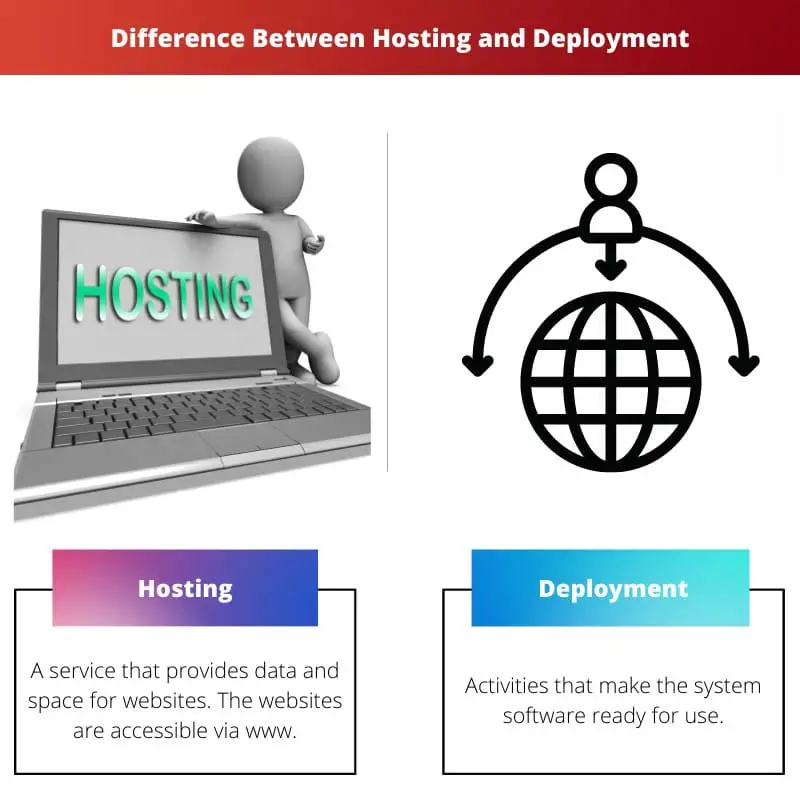Deployment and Hosting: Bringing Your Web Applications to the World
Deployment and Hosting: Bringing Your Web Applications to the World
Introduction:
In the world of web development, creating a dynamic and innovative application is only the first step. To make your creation accessible to users worldwide, you need to deploy and host it on the internet. In this blog, we will explore the significance of deployment and hosting, the key aspects involved, and how they contribute to the success of your web applications.
Understanding Deployment and Hosting:
Deployment: Deployment is the process of making your web application available for use. It involves preparing the application for production, configuring its settings, and uploading all the necessary files to a server.
Hosting: Hosting refers to the act of storing your web application's files, data, and resources on a server or cloud-based platform. Hosting providers make these files accessible to users over the internet.
Key Aspects of Deployment and Hosting:
Server Selection: When deploying a web application, you must choose a suitable server or hosting provider. Factors to consider include performance, scalability, security, and cost.
Configuration: Configuring your application's settings and dependencies is crucial to ensure it runs smoothly on the production server.
Scalability: Hosting providers offer different levels of scalability to accommodate varying levels of user traffic. Choosing a scalable solution ensures your application can handle increased usage without downtime.
Security: Implementing robust security measures is vital to protect your application and users' data from potential cyber threats.
Continuous Integration and Continuous Deployment (CI/CD): CI/CD is a practice that automates the deployment process, making it more efficient and less error-prone.
Types of Hosting Solutions:
Shared Hosting: In shared hosting, multiple websites share resources on a single server. It is cost-effective but may lack performance and security for high-traffic applications.
Virtual Private Server (VPS) Hosting: VPS hosting provides dedicated resources within a virtual environment, offering more control and better performance than shared hosting.
Dedicated Hosting: Dedicated hosting provides an entire server dedicated to your application, offering the highest level of performance and control.
Cloud Hosting: Cloud hosting utilizes a network of servers to host your application, providing scalability and reliability.
Cloud Hosting and Platforms:
Cloud hosting has gained popularity due to its flexibility and cost-effectiveness. Leading cloud platforms like Amazon Web Services (AWS), Microsoft Azure, and Google Cloud Platform (GCP) offer a wide range of services for deploying, hosting, and managing web applications.
Benefits of Cloud Hosting:
Scalability: Cloud platforms allow you to scale your resources up or down based on demand, ensuring optimal performance.
Global Reach: Cloud hosting enables you to deploy your application in multiple regions worldwide, reducing latency and improving user experience.
Cost-Effectiveness: Pay-as-you-go pricing models mean you only pay for the resources you use, making cloud hosting cost-effective for small and large applications alike.
Conclusion:
Deployment and hosting are critical steps in the web development process that transform your innovative application into a global product. Selecting the right hosting solution and platform ensures your application is accessible, secure, and scalable. With cloud hosting offering unprecedented flexibility and efficiency, developers have an array of options to choose from. Embrace the power of deployment and hosting to unleash the potential of your web applications, reaching audiences worldwide and making your digital creations a resounding success.

Comments
Post a Comment